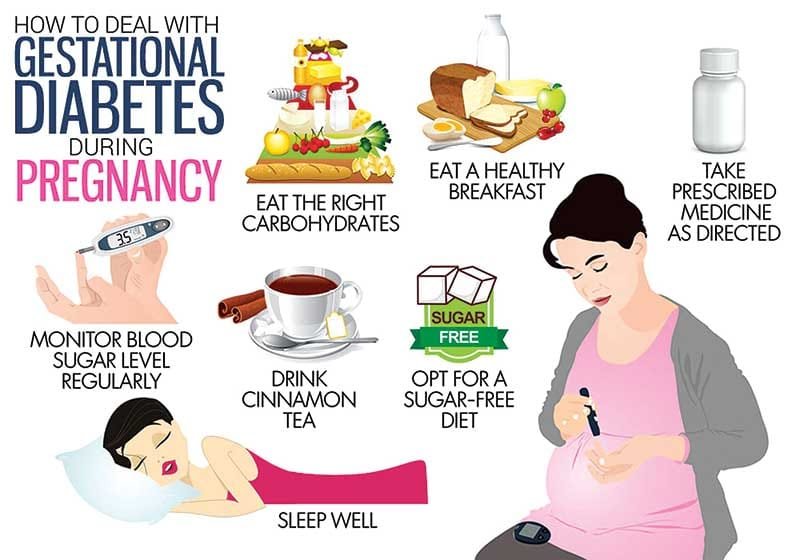Gestational Diabetes

Gestational diabetes mellitus (GDM) is defined as any degree of glucose intolerance with onset or first recognition during pregnancy. It is the most common medical complication and metabolic disorder of pregnancy. The main purpose of identifying GDM is to detect women at risk of adverse perinatal outcomes. There is evidence to show that women who are intensively treated during pregnancy can achieve near normal rates of macrosomia. Correct diagnosis of this condition is important. This requires dietary control, pharmacological intervention, close monitoring of the pregnancy and the foetus.
Approximately 4% of all pregnancies are complicated by GDM while the prevalence may range from 1–14% of all pregnancies depending on the population and the method of screening
Pregnancy is a diabetogenic state characterised by hyperinsulinemia and insulin resistance. This progressive change in the maternal metabolism is due to the body’s effort to provide adequate nutrition for the growing foetus. In the early stages of pregnancy maternal hormones promote the release of insulin coupled with increased peripheral utilisation with the end result of a lower maternal blood sugar . As pregnancy progresses, the levels of a host of hormones such as cortisol and oestrogen increase and this leads to insulin resistance. The peak effect of these hormones is seen in the 26th to the 33rd week of gestation. Cortisol for example has a very strong diabetogenic effect. This peak hormonal effect forms the basis for screening in the 24th to 28th weeks of gestation. Marked obesity, diabetes in a first-degree relative, history of glucose intolerance, previous infant with macrosomia are at high risk of developing Gestational Diabetes.
The diagnosis of GDM with a 100-g oral glucose load
- Fasting blood glucose level ≥95 mg/dL (5.33 mmol/L)
- 1 hour blood glucose level ≥180 mg/dL (10 mmol/L)
- 2 hour blood glucose level ≥155 mg/dL (8.6 mmol/L)
3 hour blood glucose level ≥140 mg/dL (7.8 mmol/L)
Maternal morbidity may be in the form of increased risk of pre-eclampsia, polyhydramnios, increased incidence of Caesarean Section with increased length of maternal hospitalisation . Women with GDM are at increased risk of developing diabetes mellitus, Hypertension and hyperlipidaemia in later life. Gestational diabetes generally resolves once the baby is born. Based on different studies, the chances of developing GDM in a second pregnancy, if a woman had GDM in her first pregnancy, are between 30 and 84%.
Infants of mothers with GDM are not at increased risk of congenital deformities unless there is a history of poorly controlled diabetes prior to conception. There is an increased risk of increased perinatal mortality, macrosomia, jaundice, polycythaemia, hypocalcaemia, hypomagnesaemia and shoulder dystocia. Untreated GDM also interferes with maturation, causing dysmature babies prone to respiratory distress syndrome due to incomplete lung maturation and impaired surfactant synthesis.
Gestational diabetes generally resolves once the baby is born.
